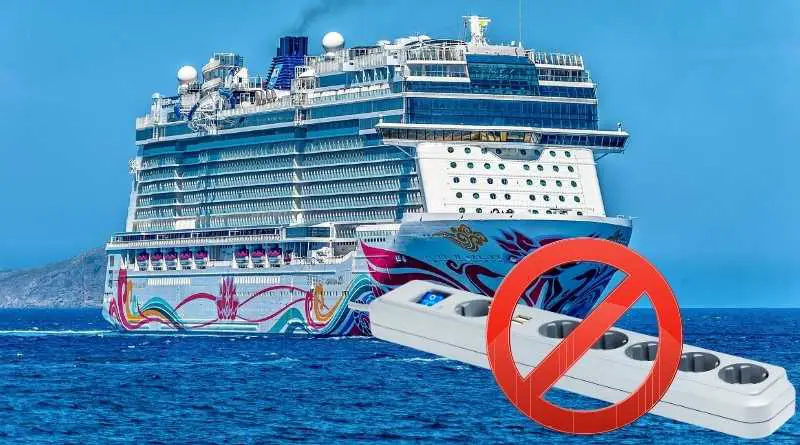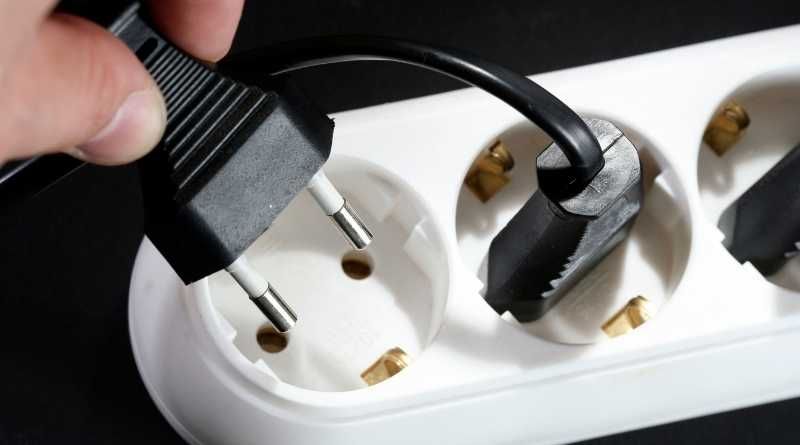We all want to keep our home as safe as possible, and if you take a look at the most common causes for fires – you’ll find that malfunctioning electrical devices or bad wiring are among the top causes. Most electricians will firstly advise you to replace bad wiring in your home, but surge protectors are seemingly also a good way to prevent fires. There are, however, many debates about this – so, people wonder; do surge protectors prevent fires?
Surge protectors reduce the risk of an overloaded outlet which can spark and cause a fire. They are a great way to make your home additionally safer, but they’re no replacement for bad wiring.
However, there are many questions that need to be posed when talking about this. How do you fix your home and make it safer? What are surge protectors good for if they can’t keep your home safe? How are surge protectors used and what makes a good surge protector?
These are just some of the questions we’ll be answering in today’s article, so make sure to stick with us if you want to find out the answers.
Let’s get started!
Can Surge Protectors Catch Fire?
Surge protectors are devices that are designed to protect electrical devices from voltage spikes.
Surge protectors can definitely help with overloading. They’re going to detect if the appliance you’ve plugged in is overloading your system, and they’re going to turn themselves off. However, if a surge protector is misused, then the surge protector itself could catch fire and your investment’s going down the drain.
The best way to ensure that your surge protector doesn’t catch fire is by following a few rules.
- Firstly, make sure to use surge protectors that have an internal circuit breaker exclusively! Don’t use surge protectors without an internal circuit breaker. These units are great because they will recognize if a unit is overloading and that will trip the breaker – this will prevent overheating and it won’t catch fire.
- It’s also important to understand that surge protectors aren’t a replacement for bad wiring. If you have bad wiring in your home, nothing will ensure that it doesn’t catch on fire aside from replacing the wiring. This process may be costly, but it’s a 100% guarantee that the wires don’t catch on fire – it’s best to invest in new wiring, rather than buying a surge protector.
- If you notice that your surge protector is hot to the touch, then you should definitely disconnect it and replace that unit. Not all surge protectors can take the same load, so make sure that you’re not overloading your surge protector.
- Also, always make sure that you’re not exposing your protector to a moist, or even worse – wet environment. Additionally, that, don’t ever place the unit under a carpet, or under furniture, as there must always be air circulating with your unit.
- If you find that your surge protector does not have an internal circuit breaker, has frayed wires, or has a unit that is not working properly, replace it as soon as possible.
- Don’t even plug your surge protector into another surge protector, thinking that you’re outsmarting the electrical system. Daisy chaining is the name of this practice, and you’re not only ensuring a short circuit, you’re also overloading the surge protector you plugged the other surge protector in.
- Surge protectors must be approved by UL or ETL – that’s Underwriters Laboratory and Electrical Testing Laboratories. Don’t remove these labels from your surge protector, and don’t ever buy surge protectors that don’t have these labels. You should find the manufacturer’s name and the name of the testing lab where the unit was tested on the underside of the casing.
- Don’t ever plug more than a single surge protector into a single duplex electrical outlet.
- Don’t staple or tape your surge protector – and if your surge protector needs taping, then you should probably buy a new surge protector.
- Make sure to regularly inspect all your surge protectors, just to ensure that they are not damaged or showing signs of degradation. The inspection should be visual, and make sure that the plug is fully inserted into the outlet. Unplug the unit when it’s not in use!
- Your surge protector should always have either a polarized plug with one of the blades being larger than the other, or a three-prong grounded plug. Don’t use a three to two prong adapter with surge protectors.
- The cord of a surge protector should never be longer than 6 feet.
What Is the Safest Surge Protector?
Here’s an example of a good surge protector.
This surge protector has an extension cord that’s 6 feet in length, and it’s an 8-outlet surge protector with an energy rating of 4500 joules. It’s crucial that you never overload your surge protector, so make sure to know what your surge protector’s energy rating is.
This protector also has LED lights that indicate active surge protection and grounded wiring, while the fireproof MOV provides additional safety precautions from surges and spikes. There’s an ON/OFF power switch, and a 15Amp overload resettable circuit breaker.
The heavy-duty power chord is great because it’s so strong. This makes it less likely to catch on fire if it overloads. However, even if it does overload, it’s going to turn itself off, so there’s almost nothing for you to worry about.
If you want to learn more, follow this link.


